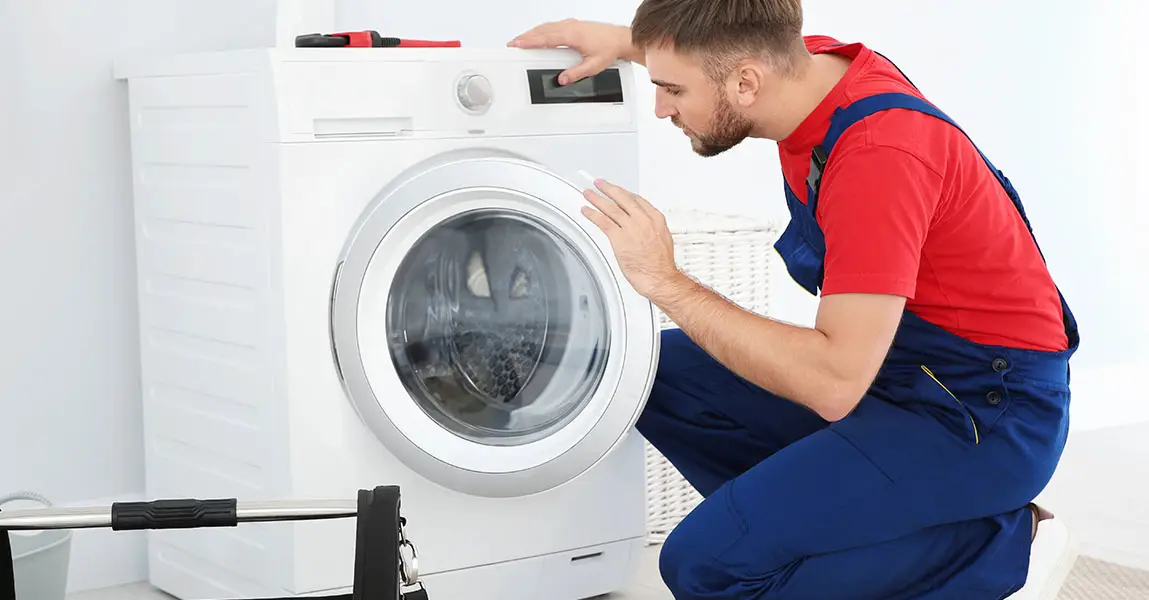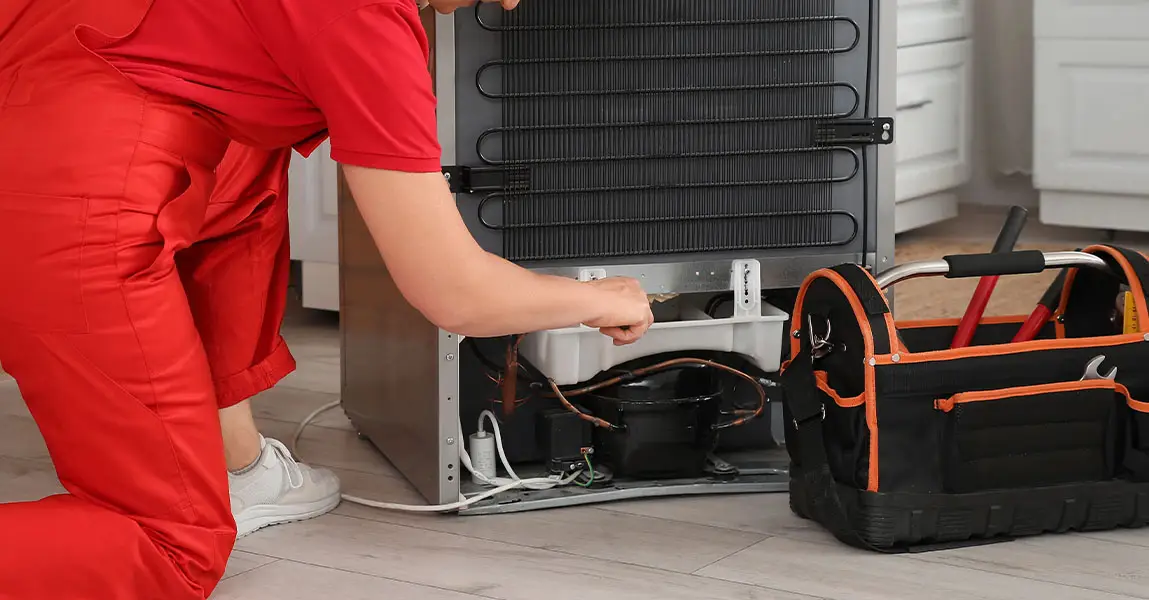When an appliance stops working, it can disrupt everything in the home. From laundry piling up to meals getting delayed, it quickly becomes stressful. But a repair visit does not have to be complicated or confusing. With a bit of preparation and awareness, we can make the most of every service appointment and help technicians work more efficiently.
Understanding What Happens During an Appointment
Every appointment starts with assessment. The technician checks the appliance, asks about symptoms, and performs a quick inspection to locate the problem. This first step helps them decide which tools or parts will be needed. During this stage, we can help by explaining clearly what we have noticed. Mentioning when the issue started, what sounds or smells appeared, or if it happens during specific cycles saves valuable time.
It helps to remember that technicians rely on clear information. Even small details, such as when the appliance last worked properly, can point them in the right direction. Staying available during the visit ensures communication remains open, allowing faster progress and fewer surprises later.
Preparing the Space Before the Visit
Before a technician arrives, a few simple steps can make their job smoother. Clear the area around the appliance. Move items like laundry baskets, dishes, or stored tools that could block access. A clear workspace means the repair can begin immediately without delays.
It is also wise to secure pets or children away from the area for safety. Appliances often need to be pulled forward or opened fully, so extra space prevents accidents. Checking that electrical outlets and water lines are reachable helps too. When the technician can easily inspect everything, the visit stays efficient and less stressful for everyone.
Gathering Important Details
Every household appliance has a model and serial number. Having this information ready helps the technician identify correct replacement parts or manuals. The numbers are usually found inside the door, behind the unit, or near control panels. Taking a photo beforehand is an easy way to keep it handy.
If the issue has been ongoing, writing down the pattern can be helpful. For example, does the washing machine stop mid-cycle or only when overloaded? Does the fridge make noise at night but not during the day? These clues often lead to faster solutions. Being prepared with this type of detail shows we are engaged and helps the technician focus on the real cause.
Asking the Right Questions
A service visit is not just for repair; it is also a chance to learn. Asking good questions can prevent future issues and improve appliance care. Some helpful questions include:
- What caused the problem?
- How can we prevent it from happening again?
- Are there simple maintenance tasks we can do ourselves?
- How long should this appliance last with regular care?
Technicians appreciate curious and informed homeowners. It builds trust and ensures we understand what our appliances need. We can even ask if there are parts that wear out often or warning signs we should watch for. This kind of insight can save future repair costs.
Being Present During the Service
Staying nearby during the repair helps keep communication open. Technicians may need to test functions, run diagnostics, or confirm that the issue is fixed. Being available means we can see the process and ask questions in real time. It also ensures approval for any extra work that might be necessary.
We should always listen carefully when the technician explains their findings. They may suggest changes in usage or show how a small habit affects the appliance’s performance. These small lessons often extend the life of our machines and make our investment go further.
Keeping the Home Ready for Repairs
A small habit that helps long-term is creating a dedicated space for appliance manuals, receipts, and service records. Keeping everything in one folder allows easy reference when booking repairs. It also helps track warranty coverage and ensures technicians have all the background they need.
Maintaining clean appliances also plays a role. Dirt, lint, or grease can hide signs of damage. For example, cleaning lint traps in dryers or removing food residue around dishwasher filters not only improves efficiency but also helps technicians see potential issues more clearly. This level of readiness creates smoother visits and faster repairs.
Communicating Before the Appointment
Good preparation begins even before the technician arrives. When booking the visit, clearly describe the issue. Mention the appliance type, model if known, and any recent work done. This information allows the service team to plan properly and bring the correct parts.
If possible, schedule the visit at a time when someone can be home to answer questions. Unexpected delays sometimes occur when key details are missing. Strong communication reduces confusion, prevents return visits, and helps everyone make better use of the appointment.
How Professional Service Works
Many people do not realize how structured a professional repair visit is. A typical visit includes inspection, testing, part replacement if needed, and verification that the appliance is functioning correctly. Every technician follows certain safety checks before leaving.
It is helpful to allow full access to the appliance and surrounding space, as many units connect to both water and electricity. Clear surroundings ensure that all tests are completed safely. A good technician will walk through the results afterward, explaining what was fixed and if any additional maintenance is recommended.
For anyone looking to understand more about trusted repair services in the area, it helps to review local professionals who specialize in appliance repair in Edmonton. Knowing who to call ahead of time prevents unnecessary searching when something suddenly stops working.
Keeping Notes After the Visit
Once the service is complete, it is wise to record what was done. Note the date, technician’s advice, and any parts replaced. This information can help during future visits or warranty claims. It also builds a timeline for each appliance, showing how often maintenance has been done.
Following up on advice is equally important. For example, if the technician suggested running a self-cleaning cycle monthly or checking filters regularly, setting reminders can make those habits easier to maintain. This type of consistency keeps machines working at their best and prevents minor issues from turning into costly repairs.
Respecting the Technician’s Expertise
Appliance repair requires both skill and precision. Technicians train to handle electrical, mechanical, and software-related issues safely. Giving them space to work and trusting their process is essential. However, that does not mean we cannot observe or ask questions. Open curiosity often leads to valuable knowledge we can use every day.
If the technician recommends replacing a part rather than repairing it, there is usually a sound reason. It might be due to wear, cost-efficiency, or safety. Listening to their professional judgment helps us make informed decisions without pressure.
Following Up If Problems Return
Sometimes an appliance might show similar symptoms again after repair. This does not always mean the same part failed. It could point to another related issue or power supply inconsistency. In such cases, contacting the same service provider helps maintain continuity. They already know the history of the appliance and can revisit the problem more efficiently.
Many companies offer a short warranty on labor or parts. Keeping receipts and repair notes helps ensure we can reference that coverage easily. Staying organized reduces stress and shows accountability on both sides.
Tips for Getting Better Results Next Time
To get the most value from future service visits, we can adopt a few small habits:
- Schedule maintenance before major seasons when usage increases.
- Clean filters, vents, and seals regularly.
- Watch for unusual noises or performance drops early.
- Keep records of all services in one place.
- Build a relationship with a trusted repair team for ongoing support.
These steps keep appliances reliable for years and minimize sudden breakdowns. Regular attention often means lower costs over time, better efficiency, and less energy waste.
When scheduling or following up on appointments, anyone can use the company’s contact us page to request service or ask for advice. Having open communication ensures smoother visits and faster resolutions whenever issues appear.
Common Mistakes to Avoid
A few common mistakes can easily slow down or complicate a repair visit. One is ignoring small symptoms, assuming they will go away. Strange noises, leaks, or longer cycles usually signal deeper problems. Another is trying to fix things without understanding the risk. Modern appliances often use sensors or delicate wiring, and untrained handling can cause extra damage.
It is also best not to rush the technician. Rushed repairs may overlook safety checks or testing. Allowing full time ensures the job is completed properly. Lastly, skipping preventive cleaning between visits can lead to buildup that masks future issues. Simple care, like wiping seals or vacuuming fridge coils, helps maintain efficiency.
Building Long-Term Reliability
Every home depends on working appliances, yet they are often forgotten until something breaks. Regular care, early communication, and thoughtful scheduling build long-term reliability. Technicians can only do their best when we provide access, information, and attention to detail.
Viewing each appointment as teamwork changes how effective the results are. Our role is to prepare, observe, and learn. The technician’s role is to repair and advise. Together, that partnership creates a cycle of maintenance that saves time, money, and frustration over the years.
Frequently Asked Questions
1. How long does a typical appliance repair appointment take?
Most repairs take between one and two hours. Complex issues or parts replacement might take longer depending on availability and appliance type.
2. What should I do before the technician arrives?
Clear the space, gather model information, and note any patterns in the issue. These steps make the process quicker and more effective.
3. Can I stay while the technician works?
Yes, and it is encouraged. Staying nearby helps answer questions and understand how to avoid similar issues later.
4. What happens if the problem comes back after repair?
Contact the service provider again. Many offer short warranties on parts and labor, so follow-up visits are usually handled efficiently.
5. How can I prevent frequent appliance breakdowns?
Regular cleaning, yearly inspections, and following the technician’s care tips reduce the risk of repeated problems. Keeping a maintenance schedule also helps.











